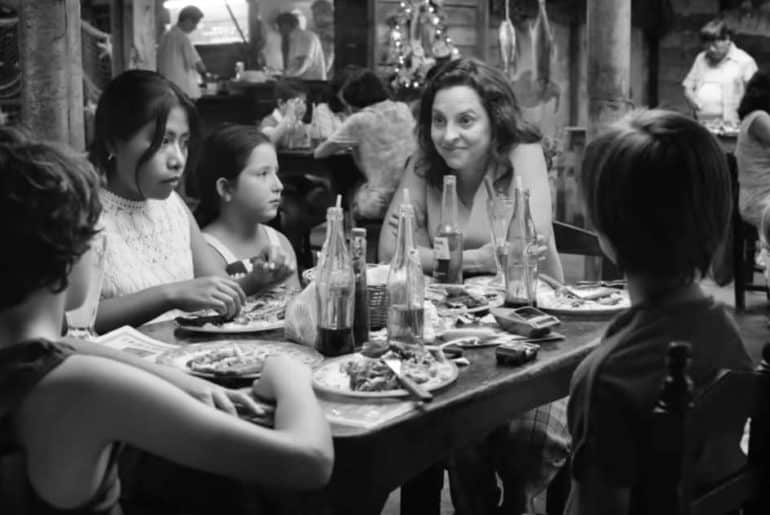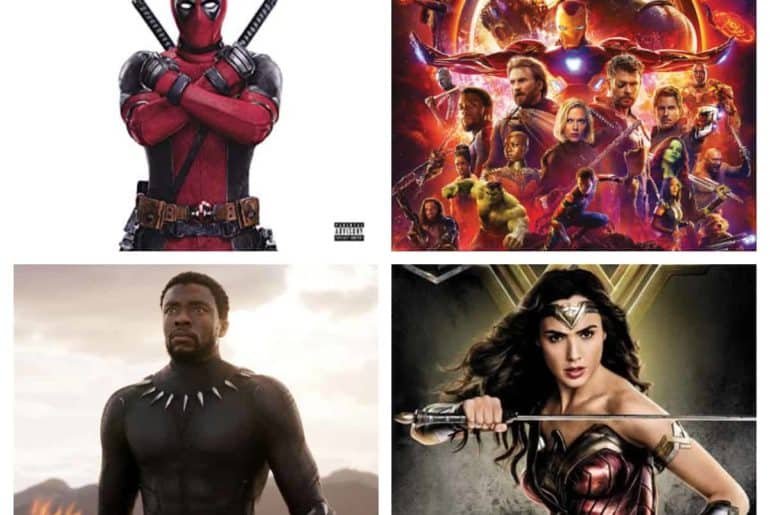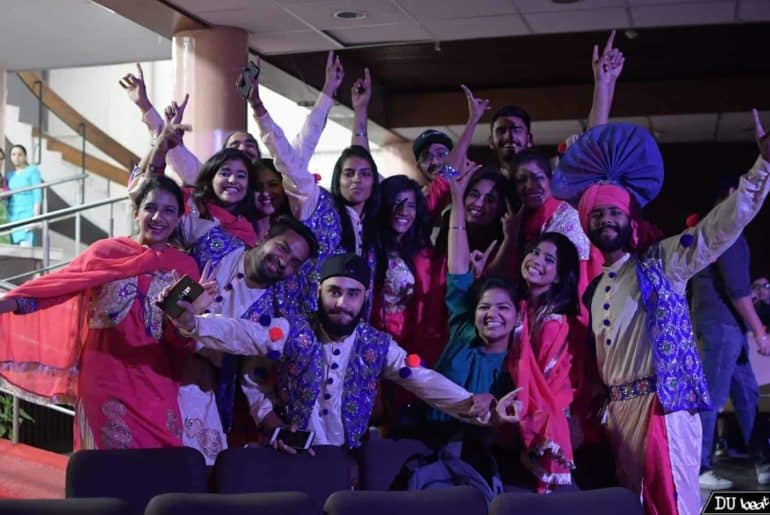The Hollywood box-office is most familiar to two types of films: the comic book films and the non-comic book ones. Starting with a few superheroes in metropolitan cities, this cinematic genre covers just about everything now, from fictional countries and Titan villains to miniscule heroes, and alien symbiotes, the list just goes on.
As the celebrated critic Rajeev Masand says, “Remember how the end credits sequence in the first Iron Man movie, all the way back in 2008, hinted at the idea of an Avengers Initiative? Who would have thought at the time that this is what it was leading up to!” Even out here in India, youngsters might not be aware of who won the Oscar for Best Actor or Actress but they would for sure know that Chris Evans plays Captain America and Jason Momoa plays Aquaman.
“2018 for me like other comic book junkies has been the best year. My friends and I dropped everything in the middle of our entrance exams to watch Avengers: Infinity War,” Ayaan Paul, a first-year English Honors student recalls. He added, “I didn’t speak to anyone for the next 12 hours after exiting the hall.” That’s the massive impact
comic book films have on viewers. 2018 has been an explosive and quite a diverse year for the comic book adaptation
pantheon, with three releases by Marvel Studios, two from Sony (again in association with Marvel) and one each from DC and 20th Century Fox.
Rise of Diversity
‘Wakanda Forever’ is the battle cry that ushered in the emergence of Marvel, representing Black Panther. The film
went on to win critics’ and fans’ approval, and became the highest grossing motion picture with a majorly black cast. This surely was a strong move on Marvel and Disney’s (its parent owner) side as, of late, cinema has been marred with demands for more representation of minorities (or in basic terms, all non-whites). Even Spiderman: Into the Spiderverse, the movie that closed 2018, has a black teenager, Miles Morales, as its lead web-slinging superhero. This showcases the possibility of Mexicans and/or Asians leading a superhero film on their shoulders in the near future.
Rise of the Women
Other than the representation of blacks, the representation that all critics complain about is an equal, and unbiased
representation of women. Thankfully, we are no more living in times of sexualised superheroines or damsels in distress. DC’s sole venture, Aquaman had Amber Heard (portraying Mera, the queen of the underwater realm of Atlantis) had almost as much screen time as the lead Jason Momoa. “I was not merely portraying a glamorous princess; the script required me to be a glamorous princess who kicks ass,” Heard remarked in an interview in early
November.
The July release, Ant Man and The Wasp, had the superheroine’s name in its title, and focused on not one, but on three major costume donning, power-wielding ladies. While 2017’s Wonder Woman, showcased female militias, a similar force was represented by Dora Milaje in Black Panther.
While actress Angela Bassett, as the Queen of Wakanda, was nothing more than a caricature in the film, brain and brawn were still represented by Shuri, the protagonist’s teen sister who is like a female Tony Stark, inventing all sorts of gadgets and gizmos. The Dora Milaje, a special forces team of bald and bold woman warriors, was responsible for serving the nation of Wakanda.
Rise of the Villains
If this year was about the women, it was also the year of villains. Superhero movies (especially the Marvel offerings) were known to have some well-developed heroes, which is not the case for the enemy characters. The beloved Loki, the God of mischief (who met a sad end at last year’s Avengers: Infinity War) is one of the exceptions.
However, this year, Marvel offered two strong characters, those of Erik Killmonger and Thanos. Killmonger is the son of a Wakandan slain by T’Challa’s (the heroic Black Panther) who considers himself the rightful heir to the throne of Wakanda. Killmonger is a smooth talking, physically powerful soldier, who has some practical plans to advance this fictional African nation but these conflict with plans of domination and massacre which ultimately make us root for the hero. Despite this, after watching the movie, he makes you question the means adopted to bring balance in the society, something which is further intensified with Thanos, the villain in Avengers: Infinity War
(Hollywood’s equivalent of the ‘Dewaangi Deewangi’ song from Om Shanti Om).
Thanos wants to decimate the populations of planets to half, to keep society in equilibrium, a way which some college Sociology students might call ‘Malthusian’. If you think practically (with no ounce of emotion towards fellow humans or cute dogs), it does seem like a realistic idea to control issues like overpopulation, global warming, and high cutoffs in the University of Delhi (DU). Here villains weren’t just insane baddies, but also individuals driven
by a purpose.
Rise of the Genre
The diverse nature of the genre was further exemplified with diverse emotions. While Infinity War was a tear-jerker with so many comic book sweethearts literally ‘fading off’, we had Deadpool 2 and Venom with their own brand of bizarre humour. Aquaman took itself lightly, while Spiderverse offered an exquisite blend of drama and comedy.
We got some good music (Kendrick Lamar’s raps from Black Panther), and some bad music (Pitbull’s horrendous verse from a cover of ‘Africa’ in Aquaman); diversity seeped in everywhere.
With no more sky beams shooting out of New York towers, we had underwater technology, a whole colourful nation
sheltered from civilisation, and an even more colourful parallel suburban landscape, with a couple of different Spidermen. Most importantly, the fanboys and fangirls who themselves come from diverse worlds, got the entertainment they asked for.
Whether you call it Western hegemony or comic book fantasies dominating over realities, these movies are one of the few things that can unite people from all over this planet, and truly save them.
Feature Image Credits: Amazon, Calender Club Co, Vox, ABPosters
Shaurya Thapa
[email protected]







